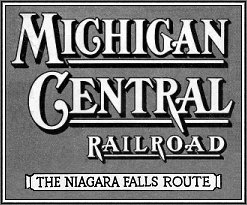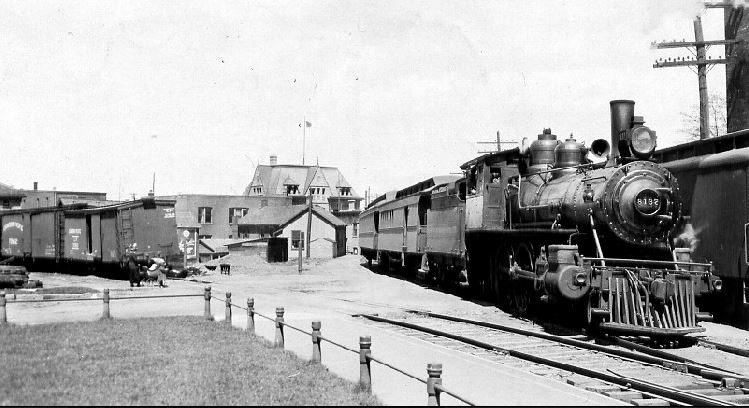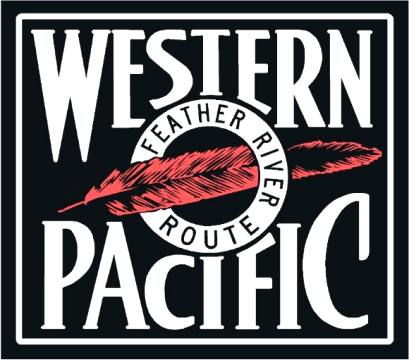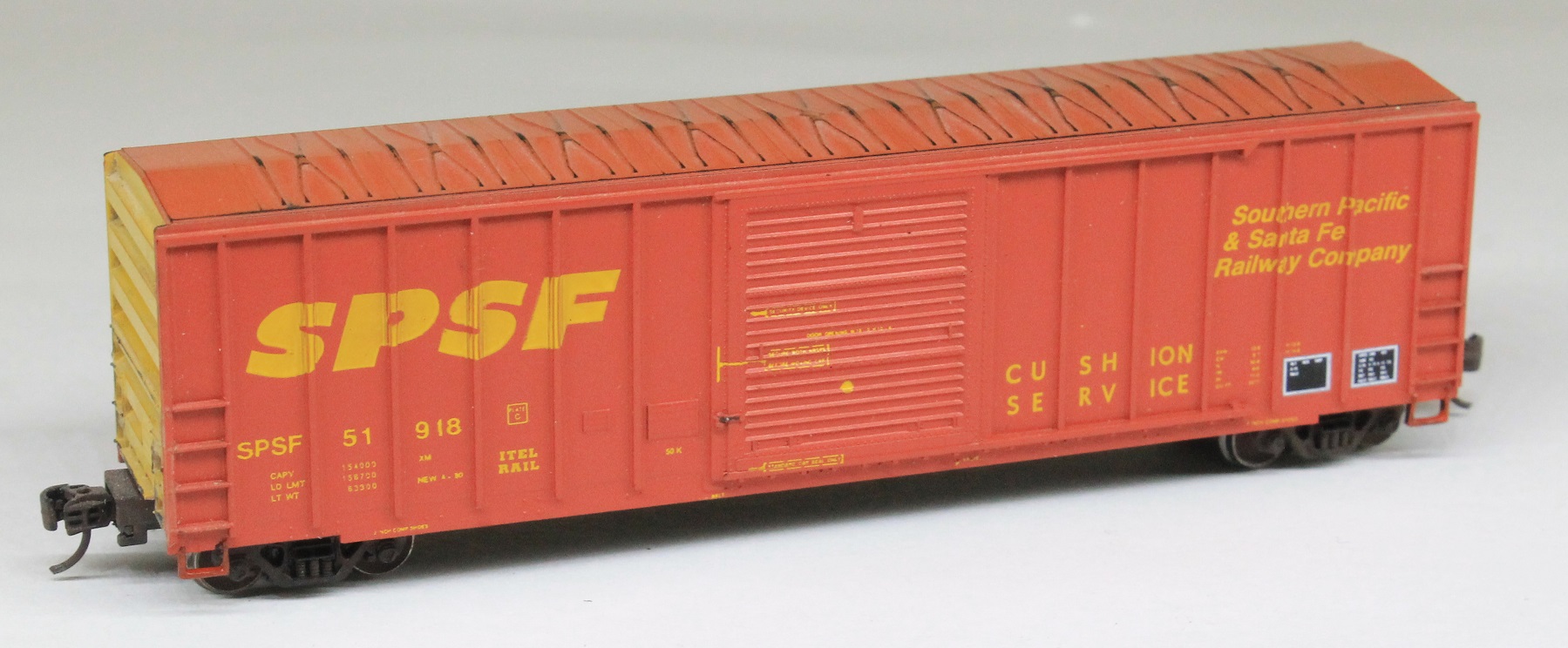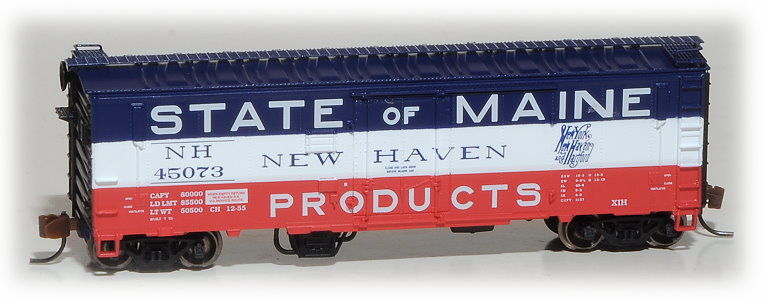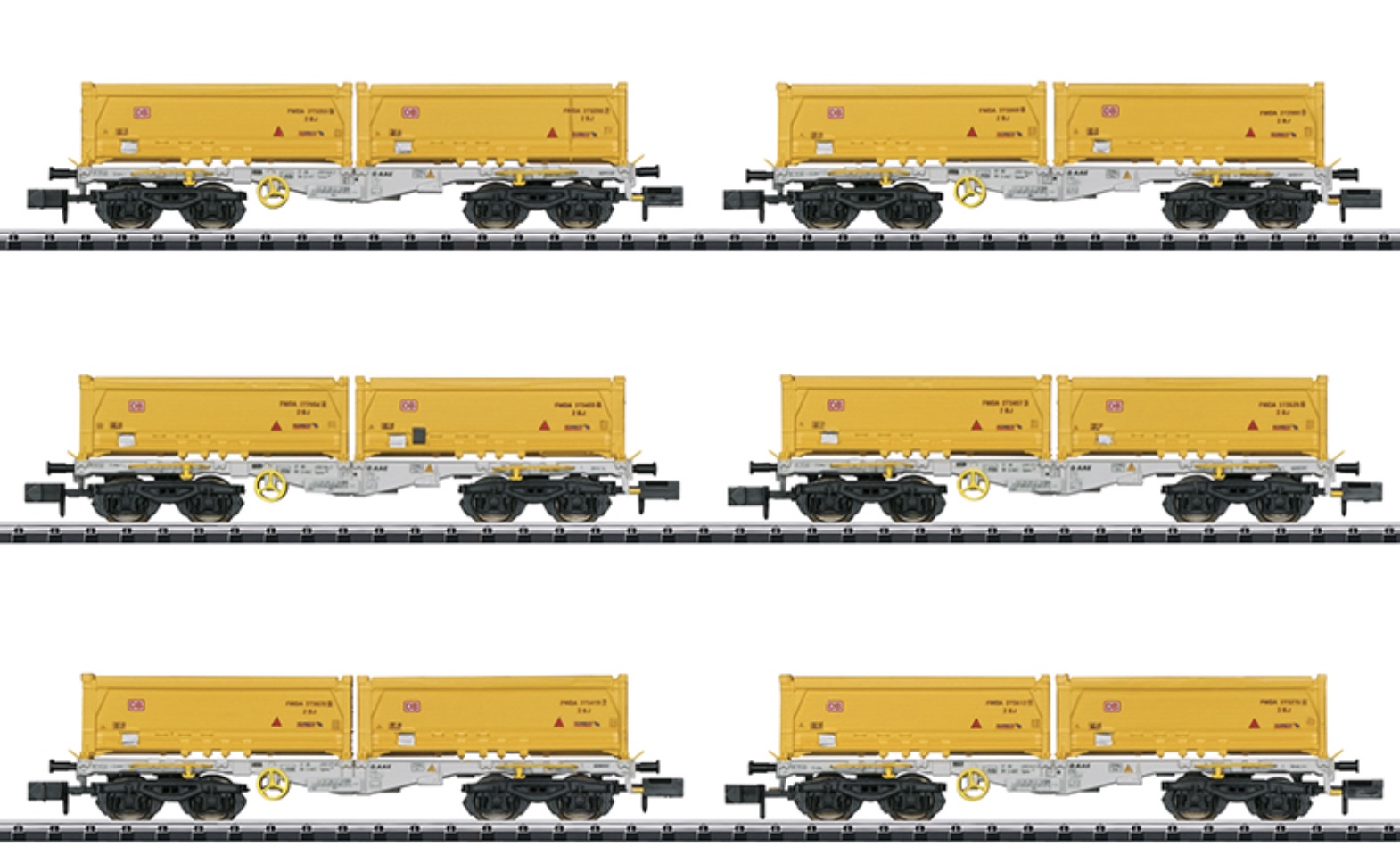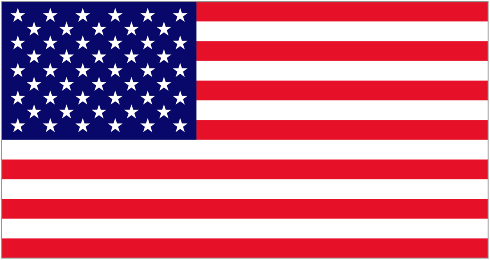Company History: The MCRR was established in 1846 to acquire the state owned Central Railroad of Michigan, a poorly constructed line between Detroit and Kalamazoo, Michigan. Terms of the deal included replacing the cheap rail on the existing line and continuing construction west to Lake Michigan. It was assumed that cargo for Chicago would then be forwarded via lake boat. MCRR did build to the lake at New Buffalo (and not St. Joseph as intended by the state) because the new owners wanted to get to Chicago on their own rails and New Buffalo was on the way. Railroads were acquired to cross the corner of Indiana and into Illinois. The last few miles of the 270 mile line into Chicago were on trackage rights on Illinois Central. Service from Chicago to Detroit opened in 1852. After about 1867 the railroad was controlled by the New York Central Railroad.
Vanderbilt interests had been buying shares in MCRR since 1869 and had been trying to acquire the Great Western Railway between Niagara Falls, New York and Windsor, Ontario (just across the river from Detroit.) The goal was to have a second through route between Buffalo and Chicago. Vanderbilt was rebuffed by Great Western and instead began acquiring shares of Canada Southern which accomplished the same goals. In 1882, he arranged for Michigan Central to lease the Canada Southern. MCRR also built and acquired routes to Grand Rapids, Bay City and all the way to Mackinaw City at the northern tip of Michigan’s lower peninsula. In Chicago, MCRR used Illinois Central’s Central Station rather than LaSalle Street Station used by NYC’s other subsidiaries in the city. As early as 1904, New York Central Lines logos began appearing on Michigan Central cars.
Prior to the automobile age, much of the freight traffic originated on the MCRR was tied to the forestry trade. The transformation of Detroit into a center of manufacturing also affected the MCRR with huge volumes of raw materials headed for the city and finished goods moving out.
The Detroit River crossing had become a bottleneck. In 1905, a fleet of four MCRR car ferries were moving on average a thousand cars per day between the U.S. and Canada. In 1910, a new tunnel was opened under the river. The line was electrified to avoid the obvious issues of running steam locomotives thorugh such a long bore. MCRR would acquire a fleet of six Alco GE 1200hp electric locomotives for this service. In 1930 Michigan Central was leased by New York Central, relegating it to the status of paper railroad.
Text Courtesy of Craig Ross of Bluford Shops
Vanderbilt interests had been buying shares in MCRR since 1869 and had been trying to acquire the Great Western Railway between Niagara Falls, New York and Windsor, Ontario (just across the river from Detroit.) The goal was to have a second through route between Buffalo and Chicago. Vanderbilt was rebuffed by Great Western and instead began acquiring shares of Canada Southern which accomplished the same goals. In 1882, he arranged for Michigan Central to lease the Canada Southern. MCRR also built and acquired routes to Grand Rapids, Bay City and all the way to Mackinaw City at the northern tip of Michigan’s lower peninsula. In Chicago, MCRR used Illinois Central’s Central Station rather than LaSalle Street Station used by NYC’s other subsidiaries in the city. As early as 1904, New York Central Lines logos began appearing on Michigan Central cars.
Prior to the automobile age, much of the freight traffic originated on the MCRR was tied to the forestry trade. The transformation of Detroit into a center of manufacturing also affected the MCRR with huge volumes of raw materials headed for the city and finished goods moving out.
The Detroit River crossing had become a bottleneck. In 1905, a fleet of four MCRR car ferries were moving on average a thousand cars per day between the U.S. and Canada. In 1910, a new tunnel was opened under the river. The line was electrified to avoid the obvious issues of running steam locomotives thorugh such a long bore. MCRR would acquire a fleet of six Alco GE 1200hp electric locomotives for this service. In 1930 Michigan Central was leased by New York Central, relegating it to the status of paper railroad.
Text Courtesy of Craig Ross of Bluford Shops
Successor/Parent History: The New York Central Railroad (reporting mark NYC), known simply as the New York Central in its publicity, was a railroad operating in the Northeastern United States. Headquartered in New York City, the railroad served most of the Northeast, including extensive trackage in the states of New York, Pennsylvania, Ohio, Michigan, Indiana, Illinois, and Massachusetts, plus additional trackage in the Canadian provinces of Ontario and Quebec.
The railroad primarily connected greater New York and Boston in the east with Chicago and St.Louis in the midwest along with the intermediate cities of Albany, Buffalo, Cleveland, Cincinnati, and Detroit. NYC's Grand Central Terminal in New York City is one of its best known extant landmarks.
1853 company formation: Albany industrialist and Mohawk Valley Railroad owner Erastus Corning managed to unite ten railroads together into one system, and on March 17, 1853 executives and stockholders of each company agreed to merge. The merger was approved by the state legislature on April 2, and by May 17, 1853 the New York Central Railroad was formed.
In 1867 Vanderbilt acquired control of the Albany to Buffalo running NYC. On November 1, 1869 he merged the NYC with his Hudson River Railroad into the New York Central and Hudson River Railroad. Vanderbilt's other lines were operated as part of the NYC.
In 1914, the operations of eleven subsidiaries were merged with the New York Central & Hudson River Railroad, re-forming the New York Central Railroad. From the beginning of the merge, the railroad was publicly referred to as the New York Central Lines. In the summer of 1935, the identification was changed to the New York Central System.
In 1968 the NYC merged with its former rival, the Pennsylvania Railroad, to form Penn Central (the New York, New Haven and Hartford Railroad joined in 1969). That company went bankrupt in 1970 and was taken over by the federal government and merged into Conrail in 1976. Conrail was broken up in 1998, and portions of its system was transferred to the newly formed New York Central Lines LLC, a subsidiary leased to and eventually absorbed by CSX and Norfolk Southern. Those companies' lines included the original New York Central main line, but outside that area it included lines that were never part of the New York Central system. CSX was able to take one of the most important main lines in the nation, which runs from New York City and Boston to Cleveland, Ohio, as part of the Water Level Route, while Norfolk Southern gained the Cleveland, Ohio to Chicago, Illinois portion of the line called the Chicago line.
At the end of 1925, the New York Central System operated 11,584 miles (18,643 km) of road and 26,395 miles (42,479 km) of track; at the end of 1967 the mileages were 9,696 miles (15,604 km) and 18,454 miles (29,699 km).
Read more on Wikipedia.
The railroad primarily connected greater New York and Boston in the east with Chicago and St.Louis in the midwest along with the intermediate cities of Albany, Buffalo, Cleveland, Cincinnati, and Detroit. NYC's Grand Central Terminal in New York City is one of its best known extant landmarks.
1853 company formation: Albany industrialist and Mohawk Valley Railroad owner Erastus Corning managed to unite ten railroads together into one system, and on March 17, 1853 executives and stockholders of each company agreed to merge. The merger was approved by the state legislature on April 2, and by May 17, 1853 the New York Central Railroad was formed.
In 1867 Vanderbilt acquired control of the Albany to Buffalo running NYC. On November 1, 1869 he merged the NYC with his Hudson River Railroad into the New York Central and Hudson River Railroad. Vanderbilt's other lines were operated as part of the NYC.
In 1914, the operations of eleven subsidiaries were merged with the New York Central & Hudson River Railroad, re-forming the New York Central Railroad. From the beginning of the merge, the railroad was publicly referred to as the New York Central Lines. In the summer of 1935, the identification was changed to the New York Central System.
In 1968 the NYC merged with its former rival, the Pennsylvania Railroad, to form Penn Central (the New York, New Haven and Hartford Railroad joined in 1969). That company went bankrupt in 1970 and was taken over by the federal government and merged into Conrail in 1976. Conrail was broken up in 1998, and portions of its system was transferred to the newly formed New York Central Lines LLC, a subsidiary leased to and eventually absorbed by CSX and Norfolk Southern. Those companies' lines included the original New York Central main line, but outside that area it included lines that were never part of the New York Central system. CSX was able to take one of the most important main lines in the nation, which runs from New York City and Boston to Cleveland, Ohio, as part of the Water Level Route, while Norfolk Southern gained the Cleveland, Ohio to Chicago, Illinois portion of the line called the Chicago line.
At the end of 1925, the New York Central System operated 11,584 miles (18,643 km) of road and 26,395 miles (42,479 km) of track; at the end of 1967 the mileages were 9,696 miles (15,604 km) and 18,454 miles (29,699 km).
Read more on Wikipedia.
Brief History: The U.S. is a country of 50 states covering a vast swath of North America, with Alaska in the northwest and Hawaii extending the nation’s presence into the Pacific Ocean. Major Atlantic Coast cities are New York, a global finance and culture center, and capital Washington, DC. Midwestern metropolis Chicago is known for influential architecture and on the west coast, Los Angeles' Hollywood is famed for filmmaking.
Item Links: We found: 1 different collections associated with Michigan Central - Railroad
- Collection N Scale Model Trains: 20 different items.
Item created by: gdm on 2017-10-12 12:26:10. Last edited by Alain LM on 2020-03-21 13:55:53
If you see errors or missing data in this entry, please feel free to log in and edit it. Anyone with a Gmail account can log in instantly.
If you see errors or missing data in this entry, please feel free to log in and edit it. Anyone with a Gmail account can log in instantly.


